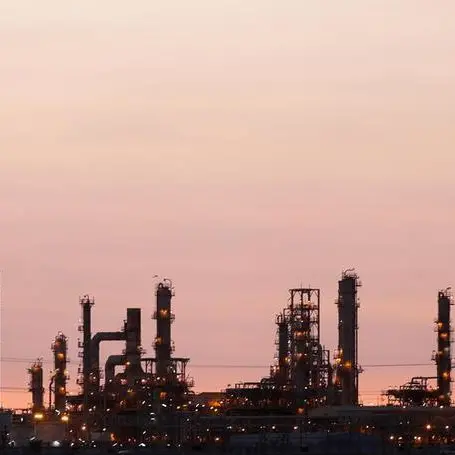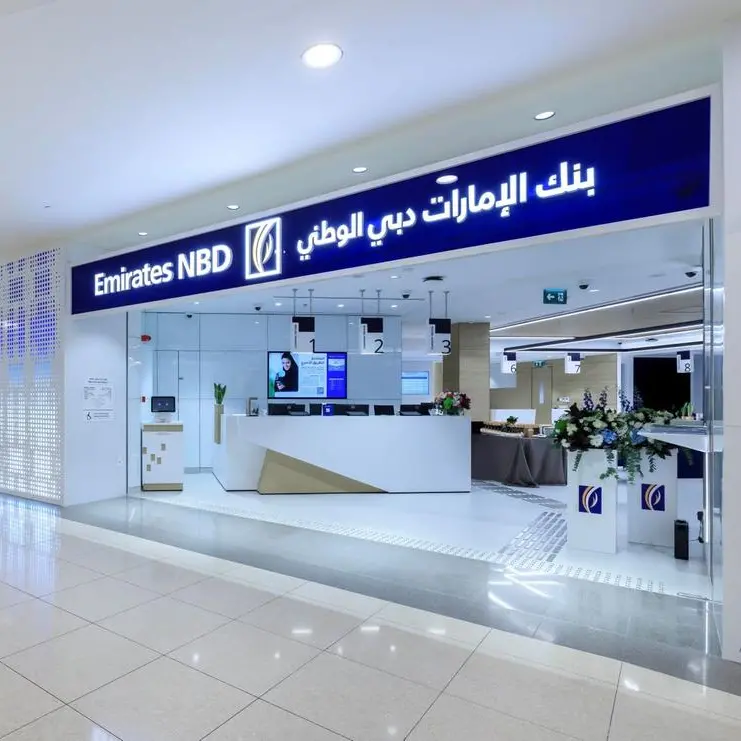10 November 2016
In its recently published economic outlook for the Middle East, the IMF warns that for the region’s oil importing markets, ‘growth remains weak and fragile amid ongoing conflicts, lingering structural impediments, and subdued external demand’. For many of these countries, economic activity over the medium term is projected to come in below historical trend, and be too low to make a meaningful dent in unemployment. Looking at the IMF’s forecasts for 2017 however, one country stands out as a relative outperformer: for Morocco, growth is not only expected to rebound sharply relative to 2016, but also come in at one of its strongest levels in several years, and in fact be the highest among all countries in the Middle East.
I have long thought of Morocco as a relative bright spot in the MENA region, and the IMF’s forecasts broadly reinforce this view. But what accounts for this optimistic outlook? Are there any risks that can derail the positive long-term growth story? And what lessons can other economies across the region take from Morocco’s recent experience when thinking about their own development plans?
To start with, we need to concede that the expected rebound in GDP growth in 2017 is largely on account of base effects: the economy is estimated to have only expanded 1.8 percent in 2016 as a result of a disastrous agricultural harvest, which has seen output in that sector actually decline -10 percent year-on-year. Assuming crop conditions simply normalise back to historical trend, the broader economy will see headline GDP growth rebound sharply next year. Agriculture accounts for 15 percent of GDP in Morocco, and employs approximately 40 percent of the workforce, meaning that growth can often be quite volatile and subject to rainfall patterns which is obviously out of anyone’s control.
But leaving aside the benefits expected from this short-term cyclical economic bounce, there are also some key structural reasons to think Morocco is set to outperform its peers across the Middle East over the coming decade. When thinking about an economy’s long-term growth potential, there are a few factors that could play an important role. The first could broadly be characterised as ‘Natural Advantages’, and include size of the population, geographic location and endowment of natural resources. Morocco scores quite highly in this regard, with a population of 34 million (providing both a large supply of low-cost labour, and also an attractive consumer market) and that sits just below the developed markets of the Eurozone. And although the country lacks hydrocarbon wealth, it does have massive reserves of phosphates (which are used in fertilizer), accounting for 75 percent of the world’s total.
These natural advantages are often necessary ingredients for long-term growth, but as the poor performance of many emerging market commodity-exporting economies since 2014 has shown, are by no means a sufficient recipe for success. For that, a country also needs a favourable policy environment which encourages private actors – both domestic and foreign – to invest for the long term. Stable property rights, clear employment regulations and access to financing are crucial in this regard, and need to be matched by government investment in underlying infrastructure like roads and power supplies.
Morocco is certainly not perfect in this regard (by definition, emerging markets never are), but it has done more than most in the region to improve its business environment. Over the past decade the country has moved up 61 places in the World Bank’s annual Ease of Doing Business survey to sit at 68th globally in the latest rankings. This is far and away the strongest performance of any country in the region, and shows an encouraging commitment to reform. This favorable policy environment appears to be paying dividends, as the economy has also been the most successful in attracting foreign investment into export-oriented manufacturing, and can now boast of rapidly growing automotive and aeronautic sectors.
More work can certainly be done in terms of streamlining the bureaucracy or clamping down on corruption. And as the outbreak of public protests at the end of October have made clear, the stable political backdrop upon which the economy’s attractive investment profile largely depends should never be taken for granted. Nevertheless, when thinking about economies in the Middle East that have the potential to outperform over the next decade, Morocco should be at or near the top of those lists.
Any opinions expressed here are the author’s own.
In its recently published economic outlook for the Middle East, the IMF warns that for the region’s oil importing markets, ‘growth remains weak and fragile amid ongoing conflicts, lingering structural impediments, and subdued external demand’. For many of these countries, economic activity over the medium term is projected to come in below historical trend, and be too low to make a meaningful dent in unemployment. Looking at the IMF’s forecasts for 2017 however, one country stands out as a relative outperformer: for Morocco, growth is not only expected to rebound sharply relative to 2016, but also come in at one of its strongest levels in several years, and in fact be the highest among all countries in the Middle East.
I have long thought of Morocco as a relative bright spot in the MENA region, and the IMF’s forecasts broadly reinforce this view. But what accounts for this optimistic outlook? Are there any risks that can derail the positive long-term growth story? And what lessons can other economies across the region take from Morocco’s recent experience when thinking about their own development plans?
To start with, we need to concede that the expected rebound in GDP growth in 2017 is largely on account of base effects: the economy is estimated to have only expanded 1.8 percent in 2016 as a result of a disastrous agricultural harvest, which has seen output in that sector actually decline -10 percent year-on-year. Assuming crop conditions simply normalise back to historical trend, the broader economy will see headline GDP growth rebound sharply next year. Agriculture accounts for 15 percent of GDP in Morocco, and employs approximately 40 percent of the workforce, meaning that growth can often be quite volatile and subject to rainfall patterns which is obviously out of anyone’s control.
But leaving aside the benefits expected from this short-term cyclical economic bounce, there are also some key structural reasons to think Morocco is set to outperform its peers across the Middle East over the coming decade. When thinking about an economy’s long-term growth potential, there are a few factors that could play an important role. The first could broadly be characterised as ‘Natural Advantages’, and include size of the population, geographic location and endowment of natural resources. Morocco scores quite highly in this regard, with a population of 34 million (providing both a large supply of low-cost labour, and also an attractive consumer market) and that sits just below the developed markets of the Eurozone. And although the country lacks hydrocarbon wealth, it does have massive reserves of phosphates (which are used in fertilizer), accounting for 75 percent of the world’s total.
These natural advantages are often necessary ingredients for long-term growth, but as the poor performance of many emerging market commodity-exporting economies since 2014 has shown, are by no means a sufficient recipe for success. For that, a country also needs a favourable policy environment which encourages private actors – both domestic and foreign – to invest for the long term. Stable property rights, clear employment regulations and access to financing are crucial in this regard, and need to be matched by government investment in underlying infrastructure like roads and power supplies.
Morocco is certainly not perfect in this regard (by definition, emerging markets never are), but it has done more than most in the region to improve its business environment. Over the past decade the country has moved up 61 places in the World Bank’s annual Ease of Doing Business survey to sit at 68th globally in the latest rankings. This is far and away the strongest performance of any country in the region, and shows an encouraging commitment to reform. This favorable policy environment appears to be paying dividends, as the economy has also been the most successful in attracting foreign investment into export-oriented manufacturing, and can now boast of rapidly growing automotive and aeronautic sectors.
More work can certainly be done in terms of streamlining the bureaucracy or clamping down on corruption. And as the outbreak of public protests at the end of October have made clear, the stable political backdrop upon which the economy’s attractive investment profile largely depends should never be taken for granted. Nevertheless, when thinking about economies in the Middle East that have the potential to outperform over the next decade, Morocco should be at or near the top of those lists.
Any opinions expressed here are the author’s own.























